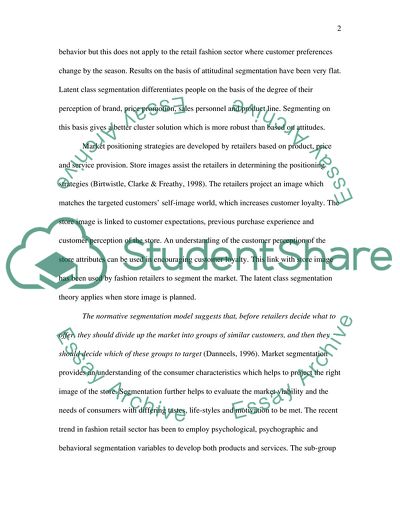Cite this document
(“Critically analyse approaches to market segmentation that can be Essay”, n.d.)
Critically analyse approaches to market segmentation that can be Essay. Retrieved from https://studentshare.org/miscellaneous/1538114-critically-analyse-approaches-to-market-segmentation-that-can-be-applied-to-the-fashion-retail-sector
Critically analyse approaches to market segmentation that can be Essay. Retrieved from https://studentshare.org/miscellaneous/1538114-critically-analyse-approaches-to-market-segmentation-that-can-be-applied-to-the-fashion-retail-sector
(Critically Analyse Approaches to Market Segmentation That Can Be Essay)
Critically Analyse Approaches to Market Segmentation That Can Be Essay. https://studentshare.org/miscellaneous/1538114-critically-analyse-approaches-to-market-segmentation-that-can-be-applied-to-the-fashion-retail-sector.
Critically Analyse Approaches to Market Segmentation That Can Be Essay. https://studentshare.org/miscellaneous/1538114-critically-analyse-approaches-to-market-segmentation-that-can-be-applied-to-the-fashion-retail-sector.
“Critically Analyse Approaches to Market Segmentation That Can Be Essay”, n.d. https://studentshare.org/miscellaneous/1538114-critically-analyse-approaches-to-market-segmentation-that-can-be-applied-to-the-fashion-retail-sector.


